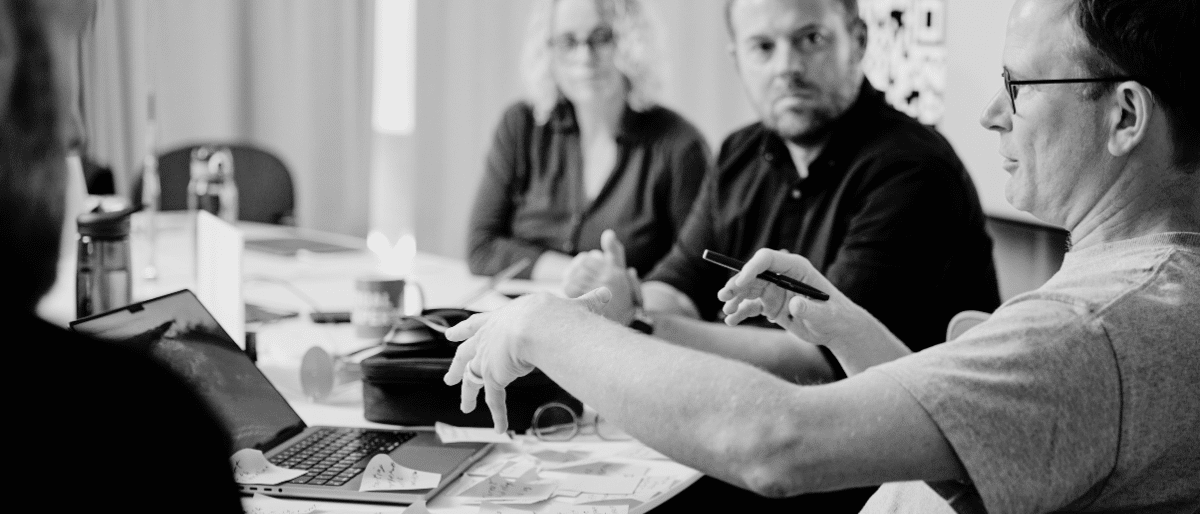

If the work you care about and prioritise isn’t delivering at least one of your strategic goals, then what you have isn’t a strategy. It’s just an aspiration. If you want to know what the real strategy is, look at the work.
January 12, 2023https://www.equalexperts.com/blog/our-thinking/doing-objectives-and-key-results-right/How to do OKRs rightMost people have experienced OKRs in at least one organisation, and many claim they don’t work. In reality that thing they experienced wasn’t really OKRs. Here’s how to do it right.
October 25, 2022https://www.equalexperts.com/blog/our-thinking/innovation-by-design-evolving-double-diamond/
If you’re involved in design you probably know about the Double Diamond process. But, is that the end of the story? This article completes the model, taking you from ambition to market in a repeatable entrepreneurial cycle.
August 16, 2022https://www.equalexperts.com/blog/our-thinking/is-it-time-to-rethink-strategy-as-mountaineering/Is it Time to Rethink…Strategy as Mountaineering?In his latest post re-thinking commonly used metaphors in business David Cox asks: can we really compare strategic transformations to the deadly sport of mountain climbing?
October 5, 2021https://www.equalexperts.com/blog/our-thinking/using-future-backwards-to-help-an-early-stage-company-plan-their-strategy-beyond-the-pandemic/Using ‘Future Backwards’ to Help an Early-Stage Company Plan their Strategy Beyond the PandemicStrategic planning beyond the pandemic is a challenge for any organisation. This post shares the story of how the ‘Future Backwards’ technique helped a rapidly growing, early-stage Accounting firm plan their next steps into the unknown with clarity and confidence.
August 23, 2021